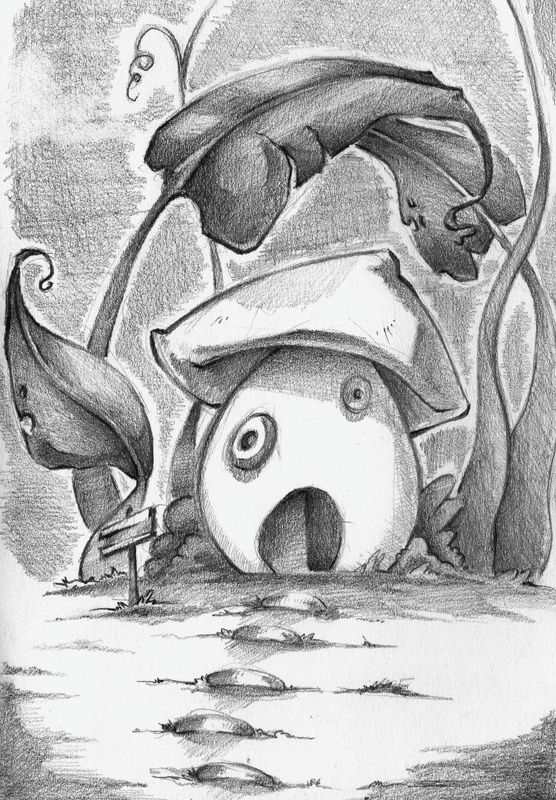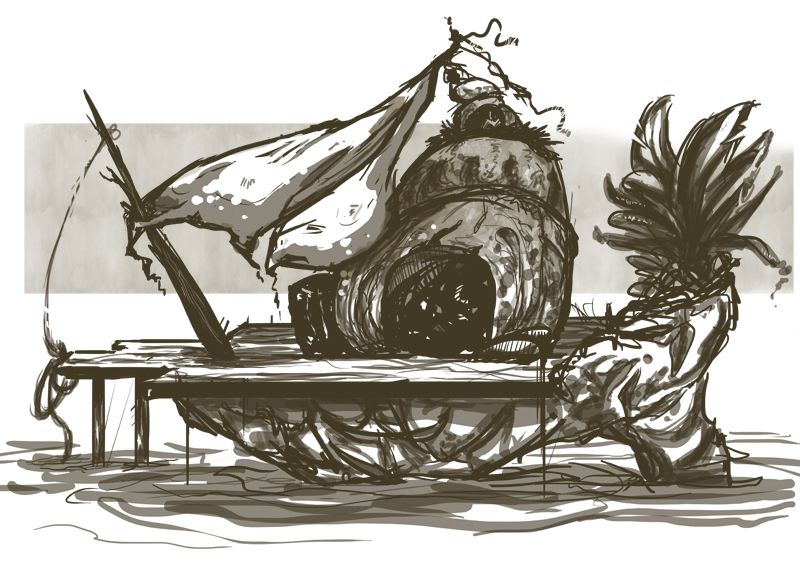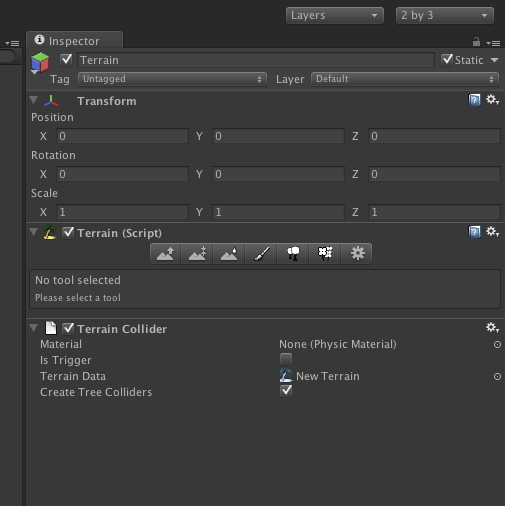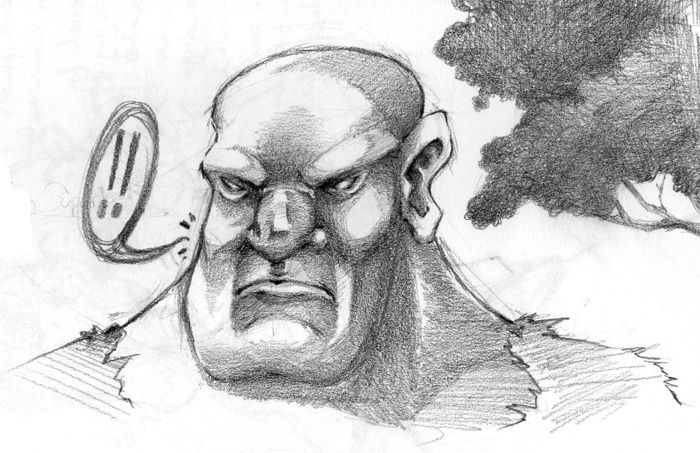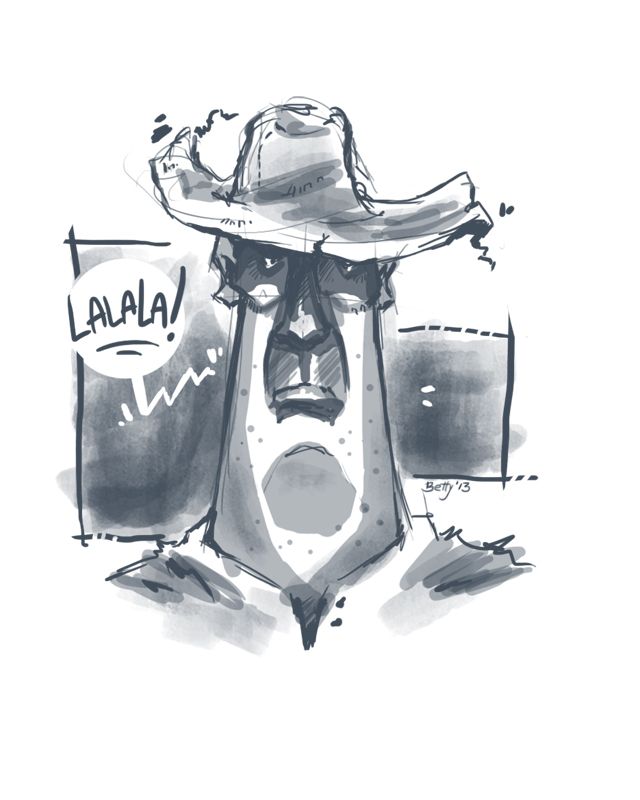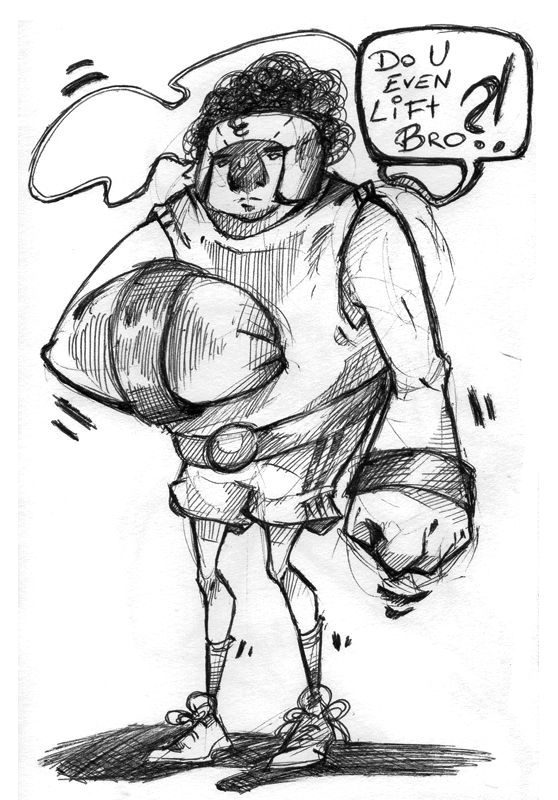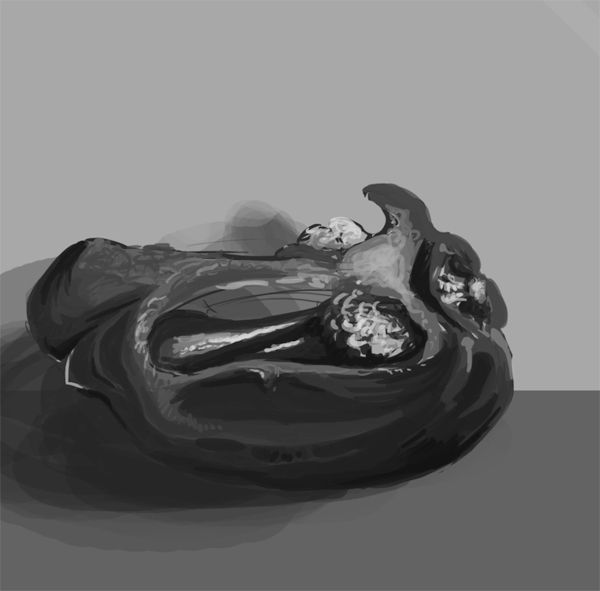3000 words essay task for Context of Practice 1
With
reference to specific examples, to what extent can it be argued that,
with ever improving digital technologies, visual style is more important
than narrative substance in contemporary film making and/or games
production?
This essay will look at how the overuse of the
special effects in current, Hollywood big blockbuster movies, impacts the plot
(storyline) of the film. Movies that will serve as examples are James Cameron Avatar,
Michael Bays Transformers trilogy, Christopher Nolans Inception,
Neill Blomkamps District 9 as well as comparison between the latest Dredd
with the original version titled Judge Dredd.
Storytelling
has been tied closely with human history for centuries, stories were presented
in different forms, which include oral, written, and illustrations. However,
the way of presenting the plot is secondary, since the most important part
plays the plot itself.
'' A narrative text is a
text in which an agent relates ('tells') a story in a particular medium, such
as language, imaginery, sound, buildings, or a combination thereof. ''
(Bal, (1997),
p. 5)
Without
the consistent, solid plot narrative will suffer, therefore it can not be
simply disguised by breath-taking visuals. This statement can be supported by
following quotations:
''Plot development must be logical and smooth, with each
scene connected to the next by the continued presence of at least one character
on stage.''
(Altman, (2008),
p.321 )
''Historically,
definitions of narrative have been tightly tied to a particular type of plot.''
(Altman, (2008), p.2 )
Narration
in film evolved during the years, first closely based on the theather plays
later changing to more complex forms. It can be either restricted to one,
particular character, or omniscient, which is typical to melodramas and allows
a panoramic view of the events. Moreover it can be a mixture of both. In spite
of choosen form, the most important part is that the series of events are
logically happening. It is also important to remember that the ''Narrative require action.'' (Altman,
(2008), p. 11) and ''(...) narrative
commands our attention.'' (Altman, (2008), p.1)
Another
vital factor, that storytelling methods developed closely as a part of human
history upon which used media plays secondary role.
''Clearly, narrative exists independently of the
media that give it concrete form. Eminently trasformable, narrative has been
carried wherever human beings have gone. Applied to each new mode of
communication, narrative has remained ever present, ever up to date.''
(Altman,
(2008), p.1)
On
the other hand digital special effects, which can be also called VFX, are
purely created inside the computer software. The main goal is to produce an
illusion in which film viewers will believe.
It can interfere on a small scale in the presented world, or create a
completly new realm from scratch, using motion capture footage as referance, as
it has been seen in, for example, Avatar or Tim Burtons version of Alice
in Wonderland.
''The effects' usage in
the film is primarily to create a sense of versimilitude and reasonably
accurate visualization of scientific concepts (...)''
(McClean,
(2007), p.110)
Moreover digital effects are created with the
specific goal, task to provide a certain solution to aid the narrative.
‘’(…) the use of digital effects is considered to
be a goal- specific use of technology that is a fundamental part of the
production, not he postproduction process.’’
(McClean, (2007), p.9)
Big Hollywood studios often place their actors not in the real set or
location, but in front of green screen. Recorded footage is then sent to VFX
companies in order to, not only to build the world around the characters, but
also to change the physical look of the actors.
''Lola Visual Effects:
Digital Cosmetic Enhancements, a visual effects company (...) specialises in
making people look younger and fitter on the screen, digitally.''
(Rombes,
(2009), p. 151 )
There are numbers of companies specialising in visual effects and which we,
as a viewers, can somehow blame for this trend of degrading storyline.
Following quotation can support this point of view:
''(...) those most
responsible for the relentless absurdity of images on the screen work for
companies with names like Lola Visual Effects, Double Negative (...)''
(Rombes,
(2009), p. 150)
However,
as people working for those companies are simply doing their job, the equal
blame can be put on directors and script writers, whom, afterall, receive much
more limelight. Moreover, as the Internet becames more and more accessible,
viewers can share their very own analysis of the watched films, as well as
manipulate existing footage.
''The act of interpreting
a film, which used to involve simply thinking and writing about it, now
involves the physical manipulation of the film through its interface.''
(Rombes, (2009), p. 68 )
''The imaginary worlds of film often are
presented to us in establishing shots, and increasingly as fully CG settings.''
(McClean, (2007), p.207)
One
of the great examples of a movie that rely heavily on special effects is James
Cameron Avatar. Released back in 2009, it not only had the most stunning
graphics ever seen, but also became a ground breaking moment in CGI history
with extensive use of motion capture techniques and 3D presentation. It was
nominated to many Academy Awards and became the highest – grossing film of all
times. James Cameron stated that he started developing story back in 1994 and
have plans for the future sequels. In spite of the amazing visual effects, the
story of Avatar is weak and simple, which can lead to the question: why
the movie with such overused theme was developed for so many years? It can be
insinuated that, upon the complexity of the world, the most important part of
narrative got lost. Even the most mesmerizing and alluring universe cannot subsitute
the innovative and interesting story. Another danger that Avatar, as a CGI heavy movie, possibly felt into is the hyper
realism or, as we can also refer it to, uncanny valley. This terms describes
the point of when the viewers stop believing in the world created by DVFx
artists, as it becomes too futuristic and foreing. If the created settings or
characters felt not familiar by spectators, it will be difficult to relate to
them.
‘’Thus, things that look somewhat human, but are clearly not —
such as C-3PO (in Star Wars) or a Golem — produce an accepting reaction, while things that are very
nearly human, but just a little strange — such as a child's doll, a ventriloquist's dummy, or a clown — produce a negative response.’’
(http://tvtropes.org/pmwiki/pmwiki.php/Main/UncannyValley)
As
for Avatar, movie that is nearly three hours long, having a straight
foward plot concentrated mostly on a
main character saving a tree, can be very doubting. The suggested by James
Cameron amount of work spent on creating an innovative and captivating new
worlds, with its own ecosystems and history (fig.1), seems to be simply
wasted. The world of Pandora, planet on
which action of Avatar takes place, could possible offer the viewer a
way more deeper narrative. Moreover it offers a viewer a chance to relate more
deeply with alien characters, just like the main character get the ability to
control another body.
''The spectator is no
longer a passive, distracted vessel for ideological indoctrination; viewers
can actually witness representations of
themselfs absorbing movies.''
(Rombes,
(2009), p. 56)
Avatar also sets another important question of what
exactly is film nowadays, as it longer has a material form, inprinted onto
celluloid, but is a sequence of numbers written onto a disc.
''Today, as the interface
competes with film as a source of pleasure, the basic materiality of film
becomes unknown and invisible, a complex code known only to programmers and
engineers. In this regard, all film today is abstract.''
(Rombes,
(2009), p. 32 )
The explanation of why actors were used to play alien characters in Avatar,
rather than being created straight in computer software could be delivered with
folowing quote:
''The blending of
animation and motion capture often is used to persuade audience that what they
see is a human performance and not computer- generated animation.''
(McClean, (2007), p.59)
Motion capture became stable of
todays movie production process as it deliver the useful footage for
animators to study and use. Avatar is
the example of movie using motion capture to record actors facial movements
(fig.2), which were then used in animating natives of Pandora.
A
good example of the movie that not only has stunning visuals but also great
plot is, directed by Christopher Nolan, Inception. It proves that
creating amazing graphics did not have to affect the narrative, solid story can
benefit from greater visual library. Inception, in opposition to Avatar,
has an innovative and absorbing story. Moreover, it can be suggested, that
improved graphics helps the viewer understand the complex story better. Still
entertaining and visually pleasing, Inception is one of those movies
that, not only push the spectators into deeper reflections, but also stays in
theirs minds for years.
Storyline
of Inception can be confusing and a little bit difficult to understand,
yet the websites like www.inception-explained.com were created in order to guide the lost spectactors through the movie
events. Moreover, within the plot, the opportunities for VFX companies, like
Double Negative, were created. In case of Inception the digital effects
company had to aid the movie with the scenes that were impossible to record in
real life.
''The perception that the world we live in is
mutable space, and the space we reach for is a liveable mutation, informs our
storycraft and DVFx work to make this convicing within our lived experience and
our imagined future.''
(McClean, (2007), p.207)
Similiary
to Avatar, Inception was nominated to and won many Academy
Awards, as well as becoming one of the highest - grossing movies of all times.
A
good way that can describe Inception as an unsual blockbuster movies is
the following quotation:
''Here is a paradox of our
digital era: today's most radical and experimental moving images occur not on
the avant-garde edges of society, but rather in the Heart of the Beast:
Hollywood. It is in Hollywood movies – and in CGI blockbusters especially –
where the most bizzare, transgressive and experimental images and sequemces
lie, a radically refashioned understanding of the real.''
(Rombes,
(2009), p. 143)
DVFx provides the right solutions in Inception,
for example helps present a holding city scene (fig.3). The main narrative
concentrates mostly on a worlds creted within a dreams, upon which could be
only possible with digital software.
The
Transformers trilogy by Michael Bay is a modern live-action take, combined
with computer generated animation, on popular Hasbro toys franchise. The movies were released sequencially in
2007, 2009 and 2011, and became an
instant hit around the globe. There is a simple reason to why those films did
not require a strong, complex plot to become such a success.
''When a particular film is reprised in the form
of sequel it opens the way towards becoming a franchise – one of the most
lucrative and highly prized of Hollywood products.''
McClean,
(2007), p.171)
Unfortunately,
amazing visual effects cannot replace a solid storyline, which, in case of
those three movies, is very weak and basic, full of actions and unrealistic
explosions (fig.4). It can be argued that the original cartoon did not require
a good narrative to became popular. Yet, watching a set of movies that are
almost 3 hours long each, only for visual experience seems pointless. Narrative
side was reduced to the absolute minimum and does not require much of the
viewer's attention.
''In all likelihood,
neither the cinematography nor the DVFx are to blame for the story's failings.
The rewiever himself has identified significant number of factors that
influence a story's quality: poor structure, massive changes to fundamental
plot details in the adaptation from original source, poor premises, and
reliance upon spectacle as a substitute for action, character development, and
thematic resonance. ''
(McClean,
(2007), p.3 )
District
9 might be the movie
that stands out a little from the previously mentioned ones, as it does not
have a big and flashy special effects upon which it could possibly rely.
However, it has a great and interesting narrative, that can make viewers
question the current economic situation of the world. Moreover, with
documentary style of presenting the story, as well as with deeply drawn
characters, District 9 benefits from lack of complex visual effects and
simplicity. Futhermore it was mostly shot on locations, which cannot be
fabricated in studio settings, and with only little post production changes
added.
As
story is set in, more or less, presents it can be easily related to the current
events happening in world. The placement of the fictional camp for aliens, Johannesburg in South Africa, as well as signs
saying ‘’For Humans Only’’ (fig.5), points out the social segragation and race
problems. The use of some of the native african languages in the film, along
with a terms made for aliens, such as prawns, creates a richer
experience for the viewer. As the story
action is set in Africa it can be related to the current situation on this
continent – racial problems, hunger and slums.
District
9 is also a good
example of a low- budget film that, thanks to clever use of shots, can deliver
amazing narrative. It could be suggested, that the minimal use of special
effects, as well as the mock – documentary style of the movie, helps in making
it more believeable. Even with alien characters, District 9 is a perfect metaphore presenting the human violence,
war, hate.
The
perfect example of how the overuse of the visual effects can damage a movie is
recently released Dredd (fig.6).
It is a modern take on the old Judge Dredd. In spite of the fact that
the original version had simple, straight foward plot, still remained quite
enjoyable and pleasing to watch. Moreover, which seems to be typical for 80s
and 90s classics, viewer could relate more to the characters. In 2012 Dredd
was simple scaled to brainless gore, without making any sense, stripped from
the humor and with constant gun shots. Futhermore it lacks most of the acting
skills and clearly futuristic world. Constant violence that seems to be the
core and main purpose of this movie leaves the viewer either disgusted, bored
or amused.

''The spectacularity of violence is an important
distinction because DVFx brings a deceptive power to images of violence, one
that must have implications for spectators. (...) In other words, no matter how
'realistic' the violence appears because
of the skill in creating its
representation, a real- life experience of a violent event is unlikely to bear
any resemblance to the film portrayal, and the repetition of digital violence
can give a very false sense of what true violence is like.''
(McClean, (2007), p.223)
Another
crucial difference between the original Judge Dredd and latest Dredd
is the use of special effects. In a sense first movie seems to be using DVFx in
more cleaver and careful manner, upon which are sparingly used only where
necessary. Dredd not only creates its overhelming violence and gore
digitally, but also its worlds seems very unreal and out of context – again can
be easily described as, mentioned previosly, uncanny valley.
The
aim of this essay was not to clearly state wherever is right or wrong to use
visual effects in movies but to analyse current trends and visible decrease in
importance of the role of narrative. It is almost impossible to say to what end
constant progress in DVFx would destroy future cinematography, nor it can be
clearly stated that storytelling will benefit from it. This can be supported by
a quote from McClean book:
''The issue is that DVFx relate to the quality of
storycraft. Simply put, when used by skilled storyteller, DVFx provide
extensive new means of bringing images to the screen – images that thematically
and symbolically communicate the fundamental material of story.''
(McClean, (2007), p. 226)
As it was observed through, that many movies can benefit from use of DVFx,
which lies in solid narrative. Movies like Christopher Nolans Inception or Neill Bloomkamps District 9 can serve as the perfect
examples to support above statement. However, as many people points it out,
digital effects could be seen as distration from the main narrative of film, as
well as the tool to disguise some of the weak point of the plot. In that case,
the Transformers trilogy directed by
Micheal Bay, or both Dredd and Judge Dredd, can be a good example to
assist the previously stated theory.
Nethertheless, the future of cinema and good, narrative driven movies,
lay in hands of directors, script writers and DVFx artists.
Bibliography:
Altman, R., (2008), A theory of Narrative, New York, Columbia
University Press
Bal,
M., (1997), Introduction to the theory of narrative, London, University
of Toronto Press McClean, S. T. (2007), Digital Storytelling The Narrative
Power of Visual Effects in Film, London, The MIT Press
Powell, H., (2012), Stop the clocks! Time and Narrative in Cinema,
London and New York, I.B.Tauris
Rombes, N., (2009), Cinema in the Digital Age, London and New
York, Wallflower Press
http://tvtropes.org/pmwiki/pmwiki.php/Main/UncannyValley
Avatar (2009)
District 9 (2009)
Dredd (2012)
Inception (2010)
Judge Dredd (1995)
The Transformers (trilogy)
